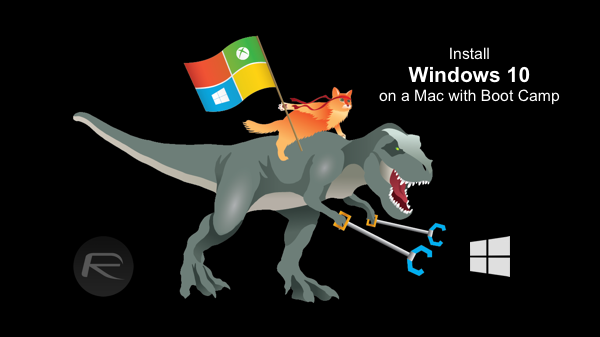Mac Os X Boot Flash Drive
To boot from your external Sierra drive, plug it into the Mac in question, press the power button, and hold the “Option key until the recovery disk screen appears. From there, you can select your external drive and click the arrow to boot into it for that session. Here are the steps to boot Mac from the USB flash drive: Power on the system. Press and hold the Option (Alt) key on the keyboard when the computer starts. Select the USB drive as a startup disk when the option appears. The system will start the boot process off the USB drive. Install the operating system from the MacOS utilities. Apr 18, 2012 A bootable Mac OS X thumb drive comes in handy when you need to troubleshoot OS issues for yourself, your family, or your friends. It's also extremely useful for keeping your basic setup. A 12GB Flash Drive (at least!). Installation of one of the ‘Cat’ versions of Mac OS X you should read. A bootable copy of an installer on any drive that’s connected to your Mac.
To use any of these key combinations, press and hold the keys immediately after pressing the power button to turn on your Mac, or after your Mac begins to restart. Keep holding until the described behavior occurs.
- Command (⌘)-R: Start up from the built-in macOS Recovery system. Or use Option-Command-R or Shift-Option-Command-R to start up from macOS Recovery over the Internet. macOS Recovery installs different versions of macOS, depending on the key combination you use while starting up. If your Mac is using a firmware password, you're prompted to enter the password.
- Option (⌥) or Alt: Start up to Startup Manager, which allows you to choose other available startup disks or volumes. If your Mac is using a firmware password, you're prompted to enter the password.
- Option-Command-P-R:Reset NVRAM or PRAM. If your Mac is using a firmware password, it ignores this key combination or starts up from macOS Recovery.
- Shift (⇧): Start up in safe mode. Disabled when using a firmware password.
- D: Start up to the Apple Diagnostics utility. Or use Option-Dto start up to this utility over the Internet. Disabled when using a firmware password.
- N: Start up from a NetBoot server, if your Mac supports network startup volumes. To use the default boot image on the server, hold down Option-N instead. Disabled when using a firmware password.
- Command-S: Start up in single-user mode. Disabled in macOS Mojave or later, or when using a firmware password.
- T: Start up in target disk mode. Disabled when using a firmware password.
- Command-V: Start up in verbose mode. Disabled when using a firmware password.
- Eject (⏏) or F12 or mouse button or trackpad button: Eject removable media, such as an optical disc. Disabled when using a firmware password.

If a key combination doesn't work
If a key combination doesn't work at startup, one of these these solutions might help:
Mar 12, 2020 Select Install macOS (or Install OS X) from the Utilities window, then click Continue and follow the onscreen instructions. Learn more For more information about the createinstallmedia command and the arguments that you can use with it, make sure that the macOS installer is in your Applications folder, then enter this path in Terminal. May 15, 2020 Creating the bootable OS X El Capitan installer will erase the USB flash drive you're using. Before you proceed, make sure you have a backup of the flash drive's contents or that you don’t care that the data will be erased. When OS X shipped on a DVD a good number of years ago, you always had the convenience of a bootable installer—an OS X installer that could be used to boot your Mac if its own drive was having.
- Be sure to press and hold all keys in the combination together, not one at a time.
- Shut down your Mac. Then press the power button to turn on your Mac. Then press and hold the keys as your Mac starts up.
- Wait a few seconds before pressing the keys, to give your Mac more time to recognize the keyboard as it starts up. Some keyboards have a light that flashes briefly at startup, indicating that the keyboard is recognized and ready for use.
- If you're using a wireless keyboard, plug it into your Mac, if possible. Or use your built-in keyboard or a wired keyboard. If you're using a keyboard made for a PC, such as a keyboard with a Windows logo, try a keyboard made for Mac.
- If you're using Boot Camp to start up from Microsoft Windows, set Startup Disk preferences to start up from macOS instead. Then shut down or restart and try again.
Boot Usb Flash Drive Mac Os X
Remember that some key combinations are disabled when your Mac is using a firmware password.
Mac Os X Boot Flash Drive Mac
Learn more
- Learn what to do if your Mac doesn't turn on.
- Learn about Mac keyboard shortcuts that you can use after your Mac has started up.